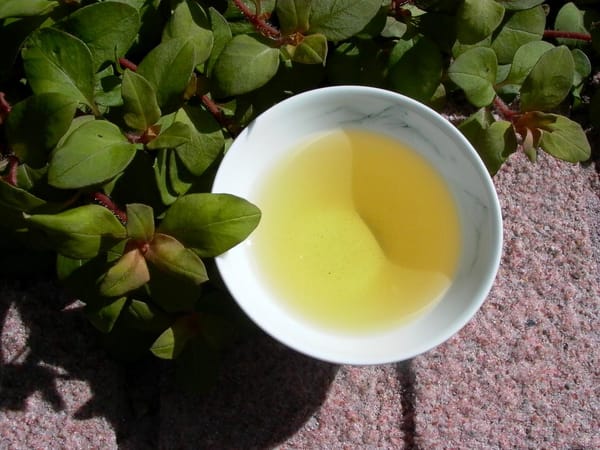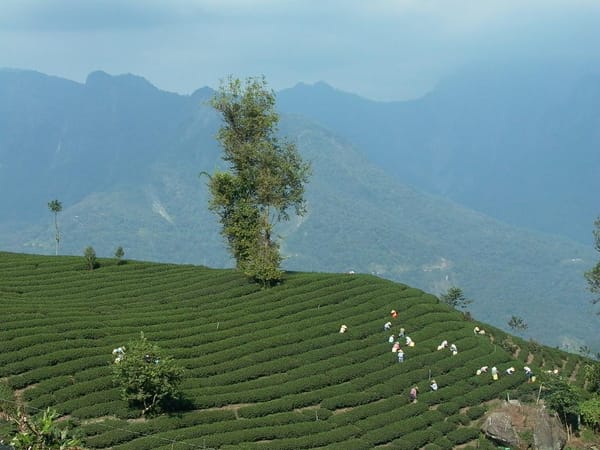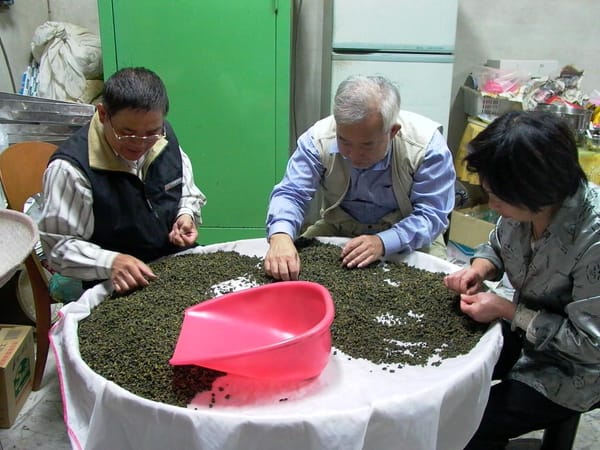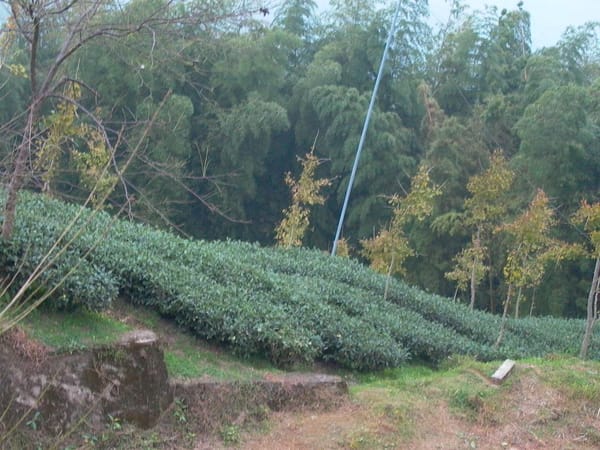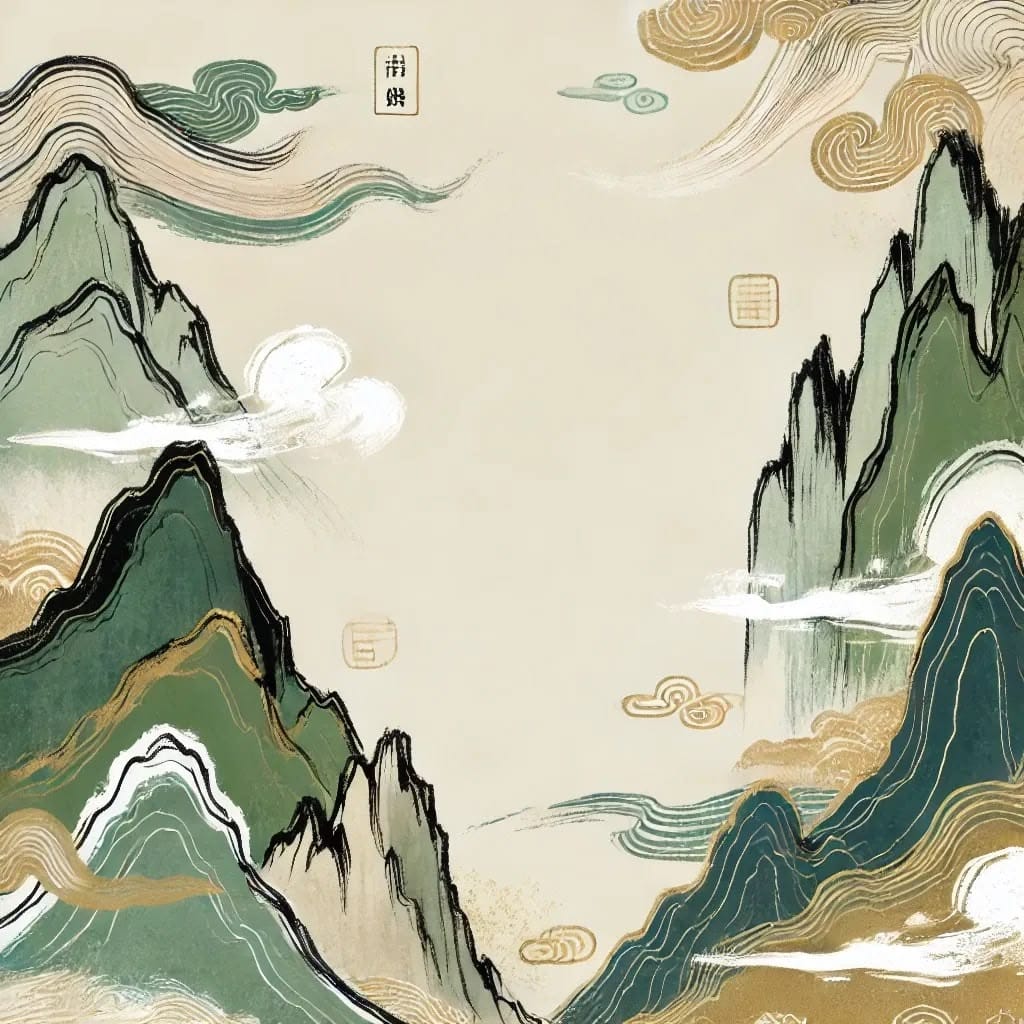Step into any Taiwanese tea shop and you’ll often hear seasoned drinkers sigh, “Oolong tea isn’t what it used to be.” Younger tea lovers may wonder—how can a tea with the same name vary so much in aroma, from the "rich fruity notes" described by elders to the "delicate floral fragrance" common today?
This shift is no illusion. It reflects a profound transformation in Taiwan’s Oolong tea over the past few decades. As consumer taste preferences have changed, so too has the tea-making process—leading to a fundamental evolution in Oolong’s aroma and flavor profile.
Let’s explore the origins of this aromatic revolution, how it redefined the modern Oolong experience, and its lasting impact on the tea industry and culture.
The Era of Traditional Fruity Oolong
In the early stages of Taiwan’s tea development, Oolong teas were crafted with a higher oxidation level—typically between 15–30%. This required the use of traditional techniques such as pan-firing and kneading (覆炒團揉), allowing the leaves to oxidize more fully and generate abundant esters and alcohol compounds.
The result was a golden liquor brimming with rich fruity aromas. These teas offered layered complexity, with ripe fruit notes like peach or apple, a thick mouthfeel, and a long-lasting finish. Many veteran drinkers still reminisce about that full-bodied aroma that could “fill the room with just one sip.”
This high-oxidation method not only gave Oolong a bold character, but also earned it a prestigious place in the international market. Back then, Oolong tea symbolized the pinnacle of Taiwan’s fine agricultural craftsmanship.
The Flavor Shift Driven by Consumer Trends
As times changed, so did tea drinking habits. Modern consumers began favoring lighter, more elegant flavors that preserve the tea leaf’s natural essence over heavy, processed aromas. This change in taste preferences drove a quiet yet sweeping revolution in tea-making.
Tea farmers and makers reduced oxidation levels significantly—from 15–30% down to around 8–12%. This lighter fermentation preserved more of the tea’s original characteristics and created a clearer, honey-green liquor.
At the same time, withering and oxidation times were shortened. This “light withering, light oxidation” method brought a fundamental shift in aroma. The tea’s chemical makeup adjusted, with an increase in delicate floral compounds and a decrease in heavier aromatic molecules.
The Floral Fragrance of Modern Oolong
Today’s Taiwanese Oolong is dominated by floral aromas. These notes are more refined and elegant, often resembling gardenia, jasmine, or osmanthus. Compared to the fruity richness of the past, the floral scent offers a lighter, more graceful experience.
The tea’s honey-green color has also become a visual hallmark of modern Oolong. It preserves the freshness of green tea while embodying the smooth warmth of a lightly oxidized brew—visually conveying refinement from the first glance.
Taste-wise, modern Oolongs focus on depth of layers and long-lasting sweetness. Though the aroma may be subtler, the tea is often smoother and sweeter, better suited to today’s lifestyle and drinking habits.
High-Mountain Terroir: A Natural Ally
Alongside this aroma shift, Taiwan’s tea farms have moved from mid-altitudes (600–800m) to high mountain regions over 1,000 meters. These environments, with their cool temperatures and constant mists, provide an ideal setting for crafting delicate, floral Oolong teas.
In high altitudes, tea leaves grow slowly, accumulating amino acids and volatile aromatic compounds. This slow, natural growth process enhances what the Taiwanese call shan tou qi—a mountain aura of flavor shaped by Taiwan’s unique geography and soil.
Combined with light fermentation techniques, this terroir creates a signature that gives Taiwanese high mountain Oolong its globally unmatched character. Even if other regions try to imitate the style, they cannot replicate this mountain energy.
Cross-Strait Market Ripple Effects
The aroma evolution of Taiwanese Oolong has had wide-reaching effects. Its influence reached mainland China, where a wave of “Taiwan-style tea” emerged. Chinese tea makers began adopting Taiwan’s light withering and light fermentation processes to mimic the clean, floral character of high mountain Oolong.
However, imitation also led to market confusion. Many non-Taiwanese teas began using the “Taiwan High Mountain Oolong” label, sometimes sold by merchants imitating Taiwanese accents—creating a bizarre mix of parody and counterfeiting.
Ironically, this highlighted the success of Taiwan’s Oolong transformation. The popularity of this floral, elegant tea-making style is now undeniable in the global market.
Conclusion and Tasting Recommendations
The shift from rich fruitiness to floral elegance is more than just a change in tea—it’s a reflection of Taiwan’s evolving tea culture and craftsmanship. This evolution has made Oolong more accessible to modern palates while opening new markets for Taiwanese tea.
For tea lovers, understanding this aromatic evolution enriches the tasting experience. Try comparing Oolongs of different oxidation levels to sense the breadth of flavor that spans generations. Whether you prefer the nostalgic fruity richness or the graceful floral freshness, both express the beauty and depth of Taiwanese tea.

